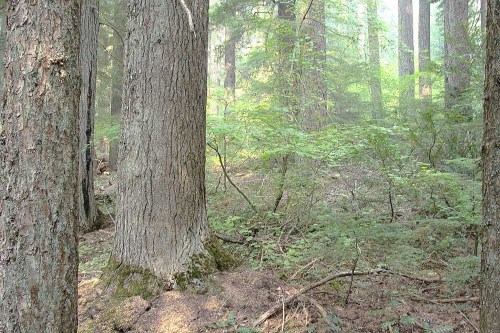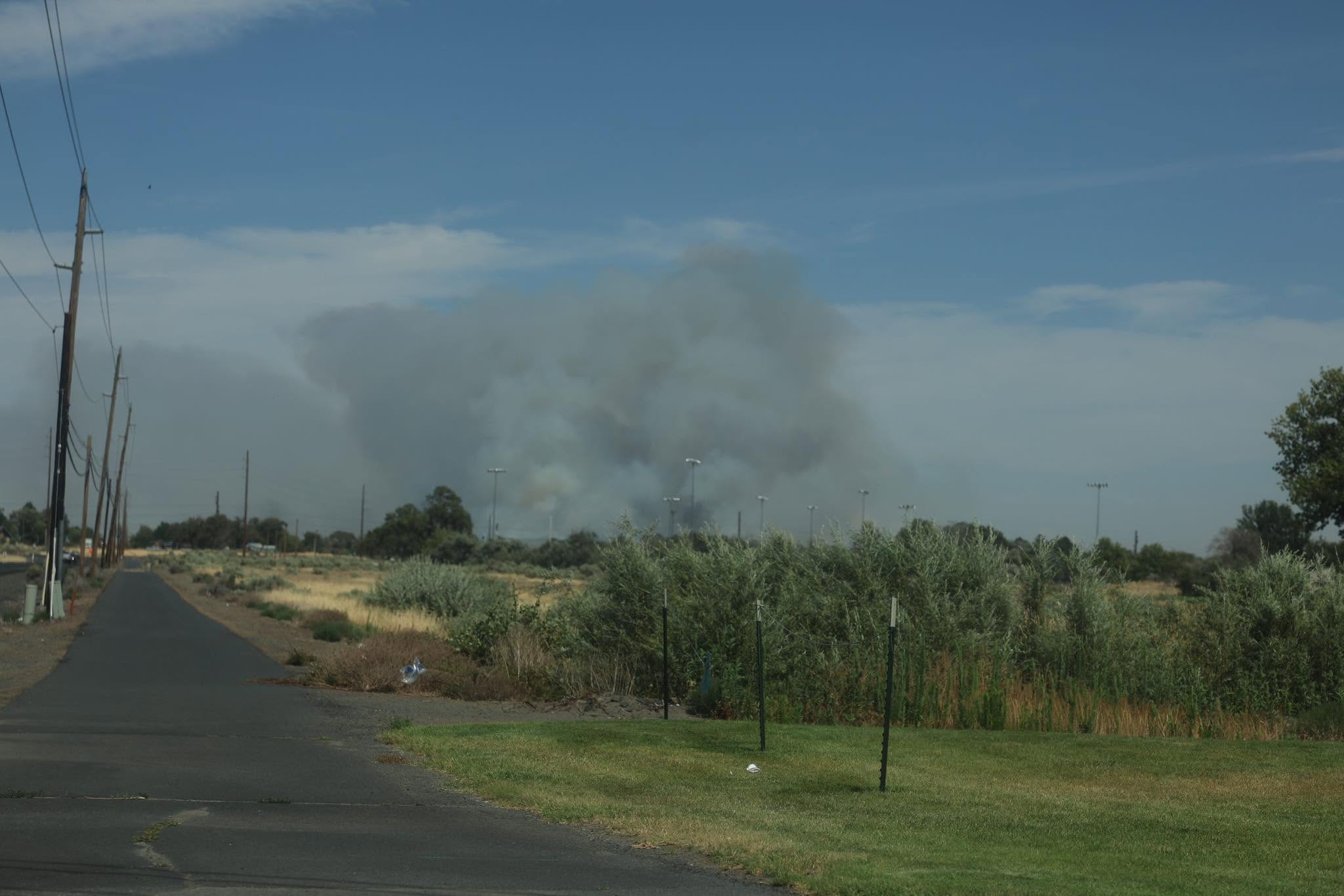Oregon thinning project can proceed, judge rules
Published 8:30 am Tuesday, June 18, 2019

- A federal judge has ruled in favor of a thinning project in the Mount Hood National Forest.
SALEM — A thinning project in Oregon’s Mount Hood National Forest can proceed while environmentalists try to convince a federal appeals court that old growth habitat would be logged unlawfully.
Chief U.S. District Judge Michael Mosman has denied a request by environmental groups to block an early phase of the Crystal Clear restoration project while they challenge an earlier ruling before the 9th U.S. Circuit Court of Appeals.
The environmental plaintiffs — Bark, Cascadia Wildlands, Oregon Wild and Wildearth Guardians — claim the U.S. Forest Service approved the 11,700-acre project in violation of the National Environmental Policy Act and National Forest Management Act.
Removing large trees from the forest canopy to improve fire resiliency is “highly controversial” and has “uncertain environmental effects,” which means the agency should have conducted a comprehensive “environmental impact statement” about the project, the plaintiffs claim.
The environmental groups argue the thinning project will remove habitat for the threatened northern spotted owl that will take up to 100 years to recover.
The Forest Service countered that no spotted owls occupy the area that’s intended for logging and that thinning is a proven method to reduce fire danger that’s not considered scientifically controversial enough to warrant an EIS.
Trees that are left in the remaining canopy after thinning will face less competition for water, light and soil, rendering them healthier and better able to withstand fire and disease, the Forest Service argues.
Last month, the judge ruled against the environmental plaintiffs’ arguments that logging and road-building should be stopped while the government conducts a more extensive analysis of the thinning project.
Mosman has entered an order stating that he’s ruling in the favor of the Forest Service and High Cascade Inc., a timber company that’s intervened in the lawsuit, but hasn’t yet issued a written opinion explaining his reasoning.
The plaintiffs have appealed that decision and, in the meantime, requested that Mosman block a 132-acre portion of the project while their challenge is pending.
The judge has ruled against that motion, finding that multiple factors weigh against an injunction even though the environmentalists would suffer “irreparable harm” by not experiencing that harvest unit in its current state.
The project won’t cause irreparable harm to the formation of snags that can be inhabited by wildlife or to the ability to view northern spotted owls in the wild, the judge said.
An injunction against thinning wouldn’t be in the public interest and it’s also unlikely the environmental plaintiffs will prevail in their claims the Forest Service violated federal laws, the judge said.









